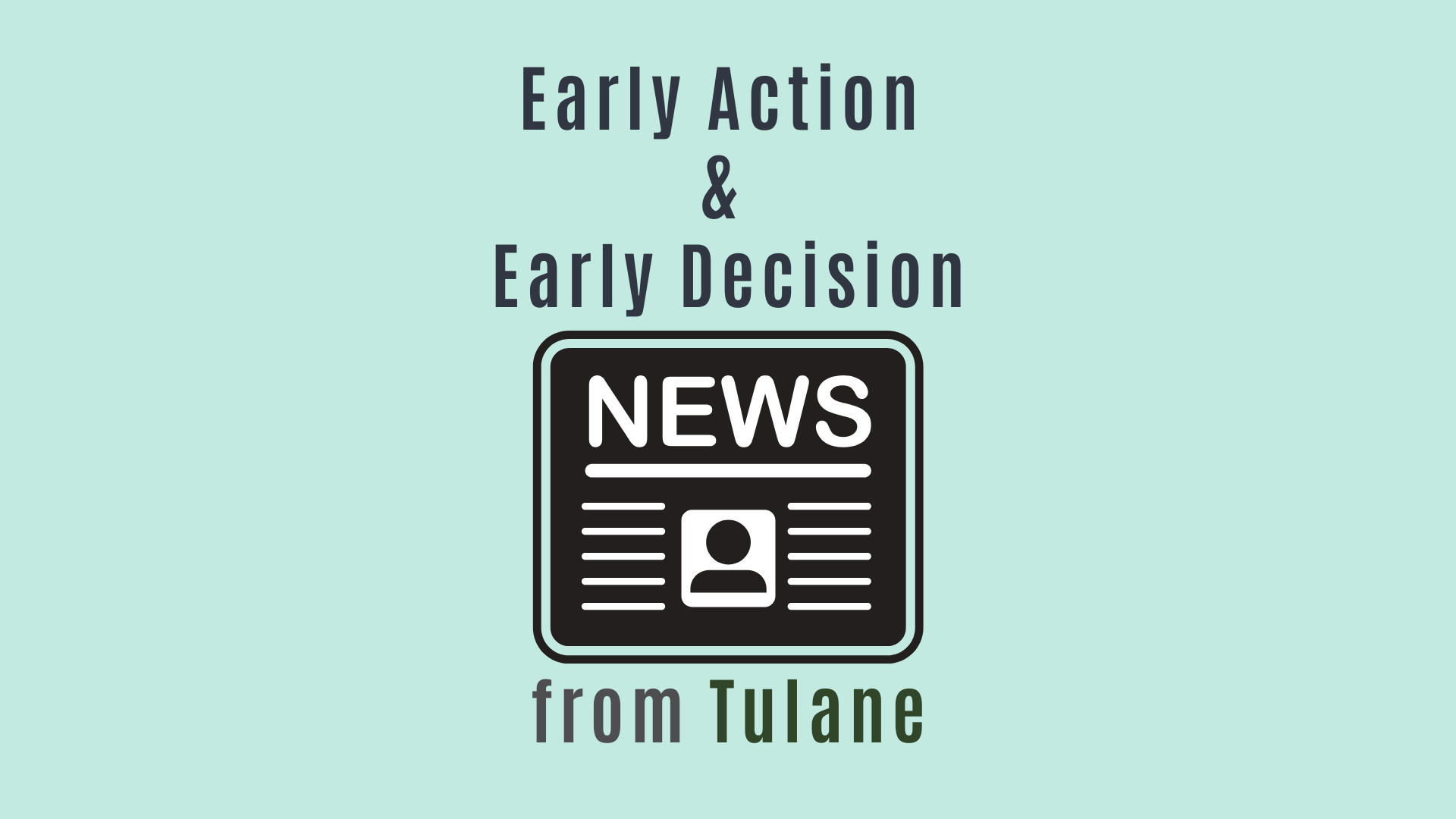
Last year, Claremont McKenna filled 68% of its incoming class with early decision candidates.
Binding early decision (ED) is one of several tools colleges employ to control evaluative metrics like “selectivity” and “yield” used by outside organizations seeking to rank or otherwise pass judgement on the quality of an institution.
By agreeing to apply ED to any one of many schools offering these plans, students are promising to attend an institution if admitted. In other words, they are not only giving up the freedom to choose among future offers of admission but they are also providing colleges with virtually a 100 percent chance of “yielding” them into the institution.
And for colleges concerned about where they stand on the U.S. News pecking order of “best” colleges, this is a powerful device for crafting a class “to spec.” So important, in fact, that much time is spent tinkering with enrollment management strategies to ensure optimal effectiveness of these plans. And make no mistake. Effectiveness is assessed by how well it works for the institution and not for the applicant.
Some of the considerations that go into deciding how to structure an early decision policy include target students (legacies, athletes, top academics) and their credentials, deadlines, percent of class to be filled, and what the competition is doing.
In other words, early decision gives colleges a great deal of control and they love it. Even those schools publicly professing concern about the level of stress the admission process is causing high school students are quietly increasing the percent of class filled by these plans, moving deadlines around, and adding clever alternatives like ED II—a second chance to pledge undying love to an institution and guarantee a yield for the class.
So how can the average applicant regain some small part of control over a process that looks to be increasingly out of control? First, by understanding what benefits colleges offer in terms of admissions advantage for early decision candidates. Obviously, a successful applicant will have a decision and lock in their college long before others in the regular decision pool. That’s good, but more importantly, some colleges sweeten the deal by appearing to admit a greater percent of early decision applicants. These schools might argue that the early decision pool is typically very strong and represents the best and most committed applicants.
The ED pool can also contain a disproportionate number of target students (athletes and legacies) making analysis of the admissions advantage even more complicated. But the deciding factor could ultimately be how much of the entering class is filled early decision. If that number approaches or exceeds 50 percent, an applicant electing not to go that route may be severely disadvantaged.
Other issues confuse the early decision strategy, and many of those focus on financial aid. Despite what they say, it’s hard to believe that a college that has admitted a student through early decision has much incentive to provide an overly generous financial aid package either in terms of total dollar amount or composition—balance of grant aid vs. loans and work study.
It’s only by understanding policies, gathering facts about how colleges use early decision and reviewing outcomes that students can begin to decide if applying early is in their best interests.
To help counselors as well as students and their families analyze and compare various early decision plans, Jennie Kent and Jeff Levy have assembled an amazing chart documenting early decision vs. regular decision acceptance rates at colleges and universities offering early decision. They are making the chart available, free of charge, on their respective websites (see instructions below on how to access the chart).
“What we have learned from the data we compiled was that several trends in college admission are more concerning than we thought,” said Jeff Levy, an independent educational consultant (IEC) based in Los Angeles. “But we also found institutions standing firm against these trends and we were encouraged. It turns out that the only generalization that holds true is that college advisers must really know the schools they are recommending or risk misleading students when talking to them about their chance of admission.”
The chart, based on data that is readily available to anyone taking the time to do the research, is organized alphabetically by college or can be downloaded and sorted by individual criteria.
According to Jennie Kent, an IEC working in Bogotá, Colombia, “This chart includes four main metrics: early decision acceptance rate, regular decision acceptance rate, percent of class filled from early decision, and the ratio of ED to RD acceptance rates.”
You won’t find anything like this analysis anywhere else. Levy and Kent meticulously research the data and spend hours putting it together. They provide an incomparable service to anyone with a need to know or desire to understand.
And some of their findings are startling. For example, some schools give a very large advantage during early decision (ED vs. RD) include:
- Claremont McKenna College: 32% ED to 7% RD
- American University: 85% ED to 23% RD
- Middlebury College: 43% ED to 13% RD
- University of Pennsylvania: 23% ED to 7% RD
Some schools go in the opposite direction and actually have a lower admit rate for early decision:
- University of Denver: 31% ED to 54% RD
- Southern Methodist University (SMU): 31% ED to 50% RD
- Virginia Tech: 47% ED to 74% RD
- Goucher College: 67% ED to 79% RD
- Northeastern University: 27% ED to 29% RD
- NYU – 30% ED to 32% RD
Some schools practice a more equitable balance:
- Carnegie Mellon University: 26% ED to 21% RD
- Boston University: 32% ED to 29% RD
- Brandeis University: 35% ED to 34% RD
Some schools fill a huge percent of their class early decision:
- Claremont McKenna College: 68%
- Bates College: 66%
- Middlebury College: 66%
- Carleton College: 64%
- Others that fill more than 50% of their class from ED include Davidson, Washington and Lee, Vanderbilt, Wesleyan, Penn, Lehigh and Emory
Others—not so much:
- Clark University: 5%
- Goucher College: 5%
- Northeastern University: 9%
- Ithaca College: 10%
- Ohio Wesleyan University: 10%
- University of Denver: 11%
- SMU: 17%
- Carnegie Mellon University: 22%
And the schools with some of the lowest early decision admit rates include:
- Harvey Mudd College: 18%
- Pomona College: 20%
- Brown University: 22%
- Rice University: 23%
- University of Pennsylvania: 23%
- Duke University: 24%
- Vanderbilt University: 24%
This is all enormously valuable information to use when making the decision whether or not to commit to an early decision application.
To access the complete chart, visit either one of Jennie Kent’s or Jeff Levy’s websites:
- www.personalcollegeadmissions.com —> Resources
- www.educateabroad.co —> English —> Resources —> Free PDFs



